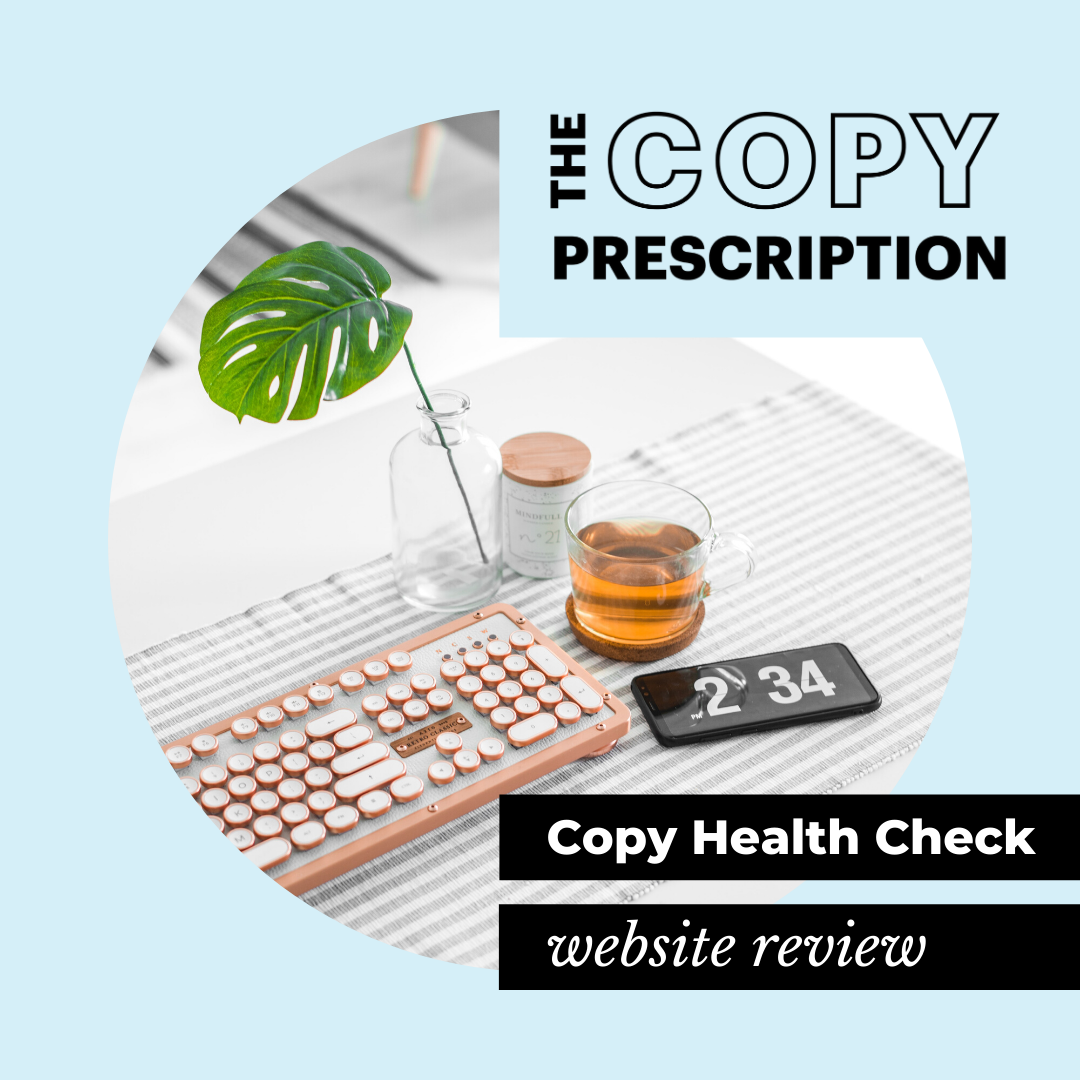Beware the curse of knowledge!
(Or, how to write great health copy without bamboozling your readers)
When you're an expert in something, it's easy to forget what beginner status feels like.
You've read all the textbooks, bookmarked the industry leaders' blogs, and swapped anecdotes with your fellow pros. You've bagged your 10,000 hours (or you're on the way). You're living this 24/7.
And when you've reached a certain level of expertise, it's really hard to go back to the beginning, and put yourself in the newbie shoes again.
This is especially true in the health and fitness space — there's just so much info out there. The mainstream media tells people one thing on a Monday, then the opposite on a Tuesday.
No wonder people are confused as they try to discern nuance from nonsense.
But if you're trying to forge a connection with someone who's stumbled across your blog or IG feed, you don't want to scare them off by thwacking them over the head with everything you know. It'll only add to the overwhelm.
Waving the latest peer-reviewed findings on intermittent fasting and shouting 'SEE!' won't help your customer choose what to make for dinner when they're standing in a supermarket aisle with a screaming kid hanging off every limb.
Your reader doesn't care what the research says about the relative advantages of split squats and front squats if they're too scared to set foot in a gym.
If your web copy and blog posts are bursting at the seams with Very Important Science (like a PT who's had a little too much bulletproof coffee), you're likely going to scare folk away before you've had a chance to be helpful.
You need to meet your readers where they are.
How to write health copy that won't scare your readers
Here are 5 principles for welcoming people in the digital door (and ultimately on their way to better health):
Start with the basics. Go right back to the beginning. Make them feel like they already know this stuff, then build on THEIR expertise.
Use simple language. No need to show off, is there? Be the teacher, but be the friend too.
Avoid industry jargon. No acronyms, and no name-dropping experts they've never heard of!
Focus on how you can help them NOW. What's a quick win?
Speak to how they're feeling, and how you can make their life easier. This is about getting results, and making them feel good in the process.
Forgive your customers for what's gone before
There's another piece to this puzzle. Forgiveness.
If you're in the health and wellness world, you're in the business of behaviour change. That starts with nudging your prospect to become a client - coaching them to trust you, by speaking to them on the level and getting them results.
You want your clients to feel like your service will help them build a better version of themselves. And THAT means empathising with where they are now, and everything that's come before.
Forgive your readers for the daft dieting advice they've fallen for in the past or the mad work-out routines they jumped into 8 days before their summer holiday. Don't make them feel stupid. Empathise with how they're feeling now and forgive them for any mis-steps along the way. Share your own stories of the things you tried that didn't work, and how those made you feel.
Remember, purchasing decisions are driven by emotions — yours and theirs. By telling them you've been there too and describing those oh-so-familiar feelings, you'll spark a connection based on trust and transparency, the foundations of any lasting relationship.
As the old saying goes, no one cares how much you know, until they know how much you care. So show them.
If you'd like a second pair of eyes on your copy, how about a Copy Health Check?
(📷: @jens_johnsson via Unsplash.)











